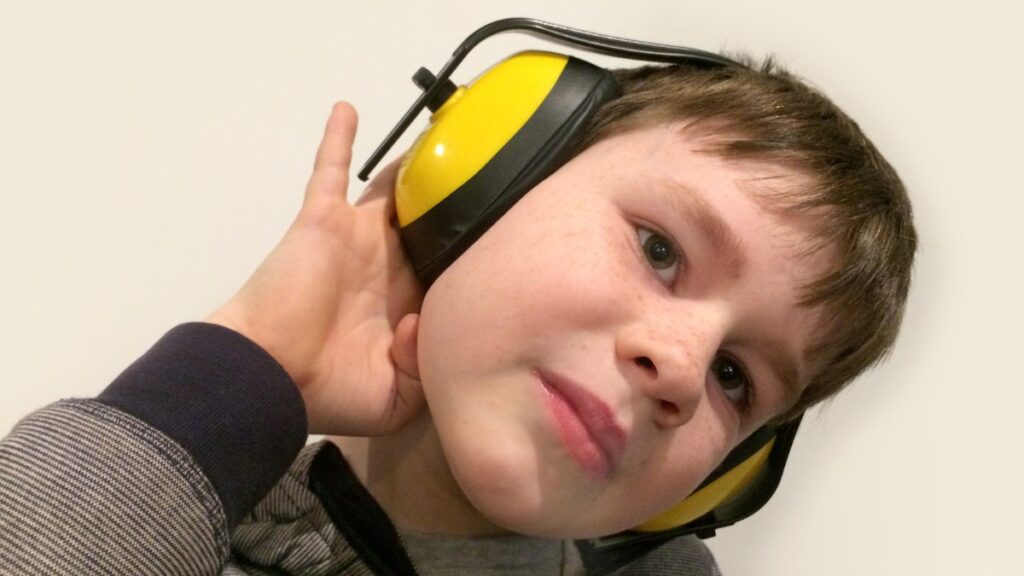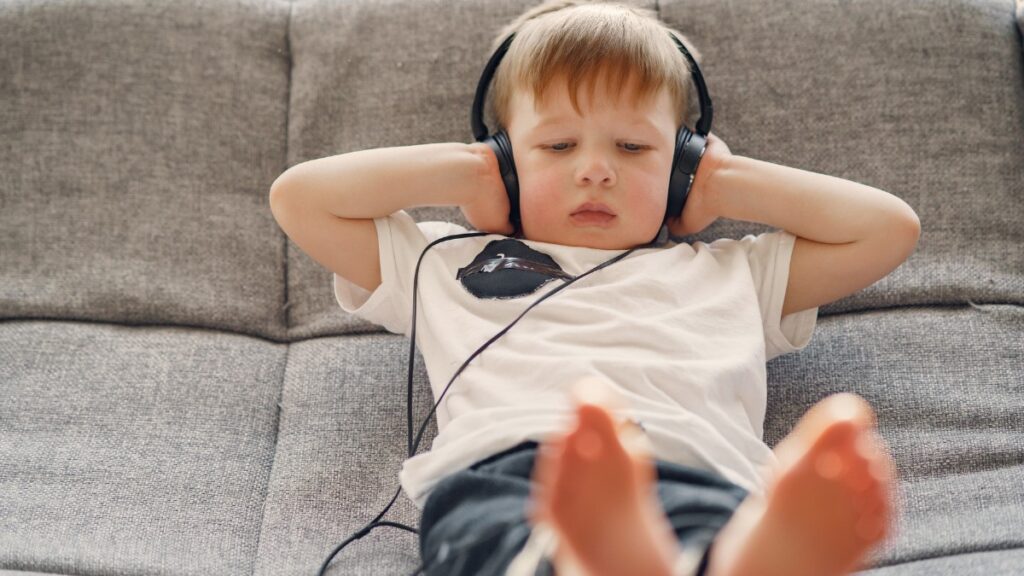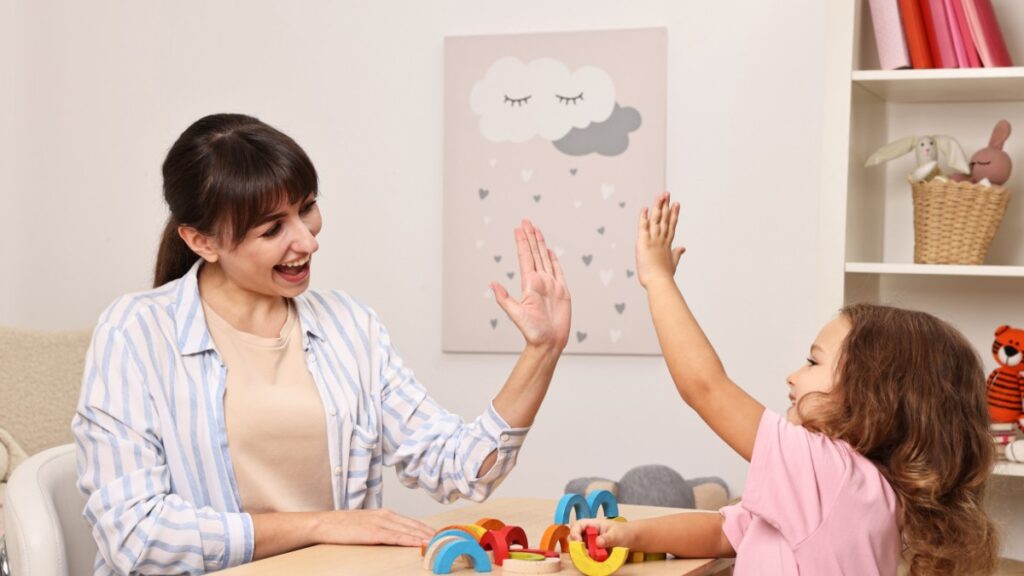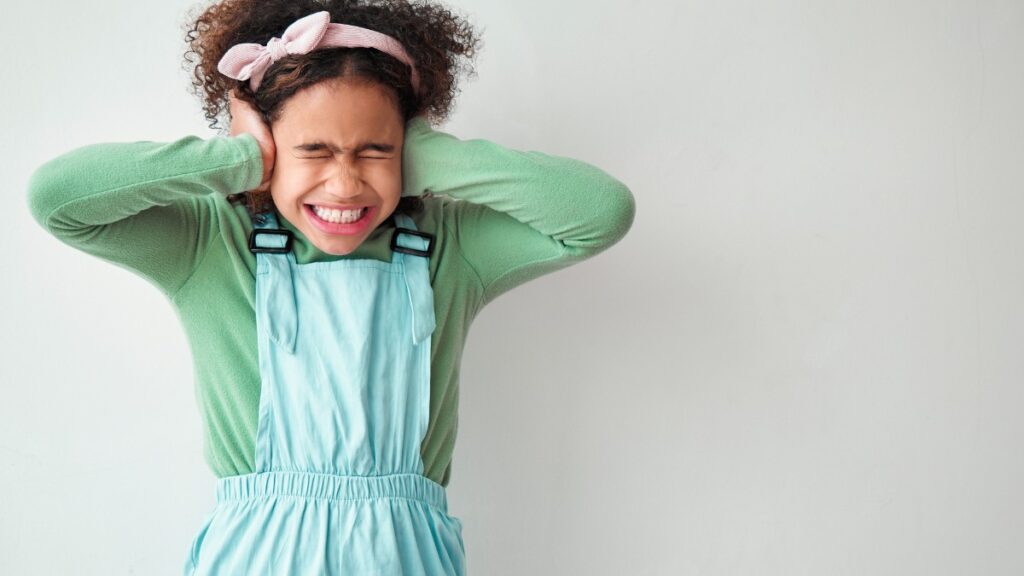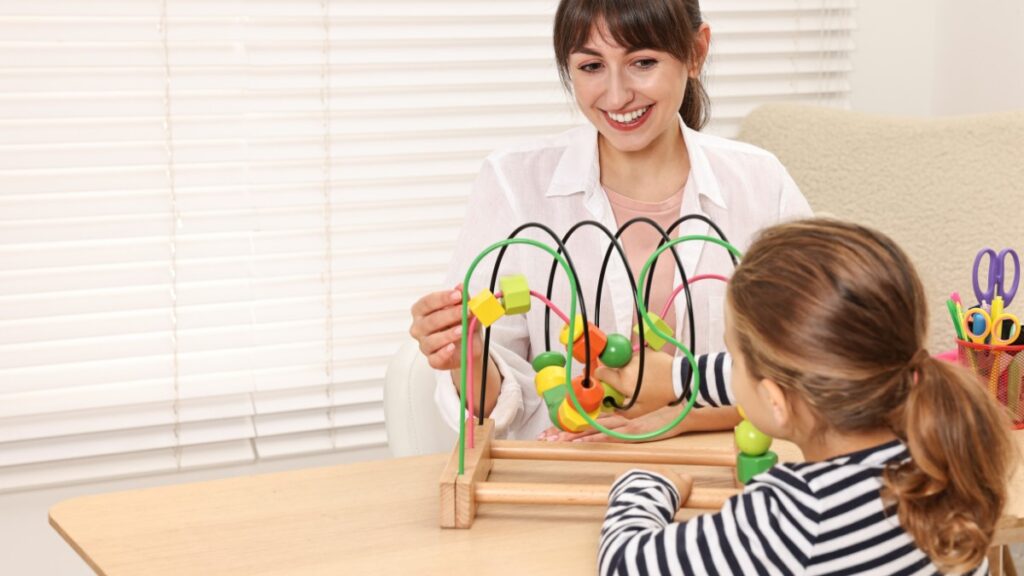The Ultimate Guide to Sensory Swings for Autism
Key Points: Sensory swings, including autism swinging chairs, provide deep pressure and rhythmic motion to help regulate sensory input for children with autism. These tools can reduce anxiety, improve focus, and support emotional regulation in therapeutic and home settings. Choosing the right swing depends on the child’s sensory needs, safety considerations, and available space. Fidgeting, […]
The Ultimate Guide to Sensory Swings for Autism Read More »


